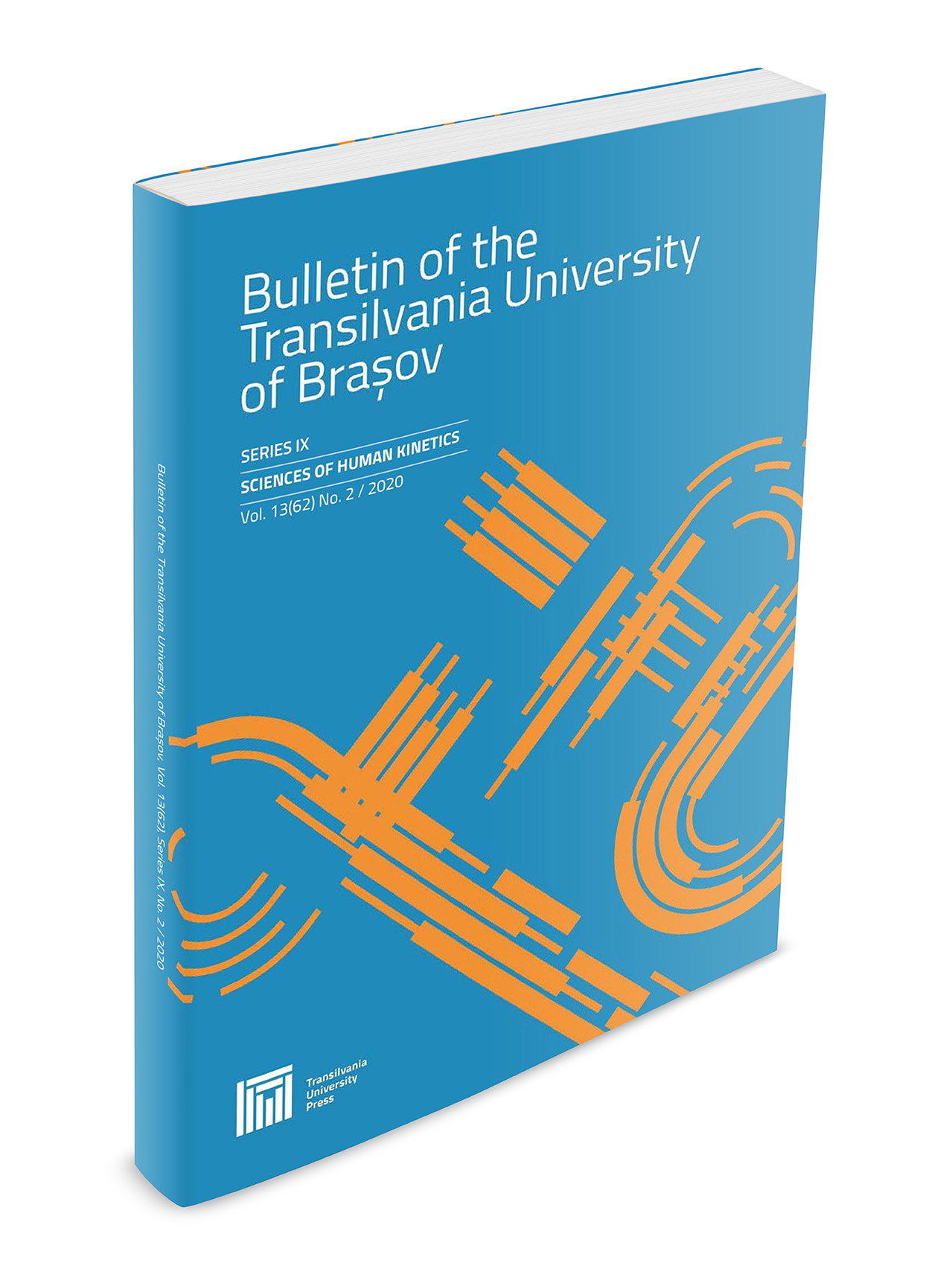Considerations on the Implementation of Specific Training Methods for the Adjustment of Phase III - Flight in Ski Jumping
Keywords:
ski jumping, timing, phase II – the takeoff, phase III – the flight, imitative exercises, specific training methods, ground effect, training adjusted to changing conditionsAbstract
In ski jumping, previous studies have revealed that adopting an optimal position on the inrun, in conjunction with a proper distribution of the center of mass (CM), allows the athlete to achieve a perfect timing, which enables him to obtain a maximum strength in his legs at the edge of the hill table. This contributes significantly to the increase of the horizontal speed of the jumper-ski system in a parallel direction with the hill table. Consequently, the adoption with great skill and a great sense of proprioception of the specific tasks during phases I and II of the jump enables a successful transition to phase III of the jump – the flight. Through raising and maintaining the center of mass as high as possible and the dorsal flexion of the feet - lifting the ski tips and fasten them and a gently controlled body stretching, the athlete will maintain his balance with arms slightly away from his body. In the last section of the flight, through the hyperextension of his body and by placing his arms stretched forward and slightly to the side, the athlete takes advantage of the so-called ground effect, increasing the length of the jump. Various training methods focused on specific physical and technical training under changing conditions were implemented in order to improve the technical execution during phase III of the jump. The study was conducted from August to October 2016 at the ski jumping hills in Râşnov and the sports centre in Săcele. The subjects were three components of the University Braşov Sporting Club. The tests that focused on technical training were performed on the HS 71m - synthetic grass hill in Rasnov.Downloads
Published
Issue
Section
License
Copyright (c) 2017 Bulletin of the Transilvania University of Braşov. Series IX: Sciences of Human Kinetics

This work is licensed under a Creative Commons Attribution 4.0 International License.





